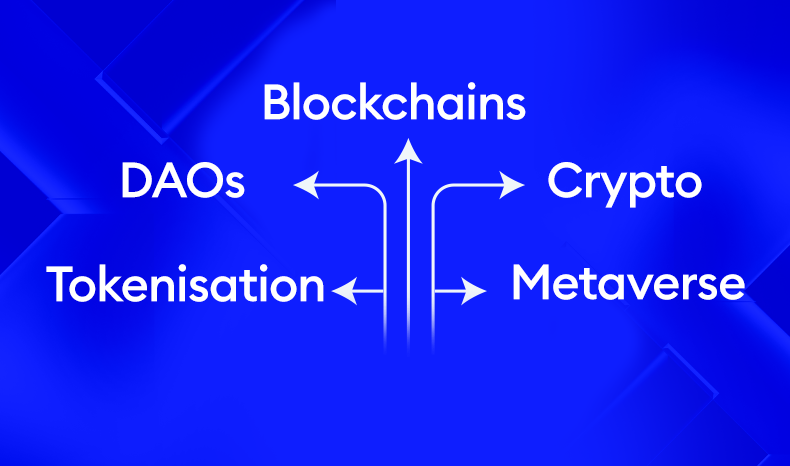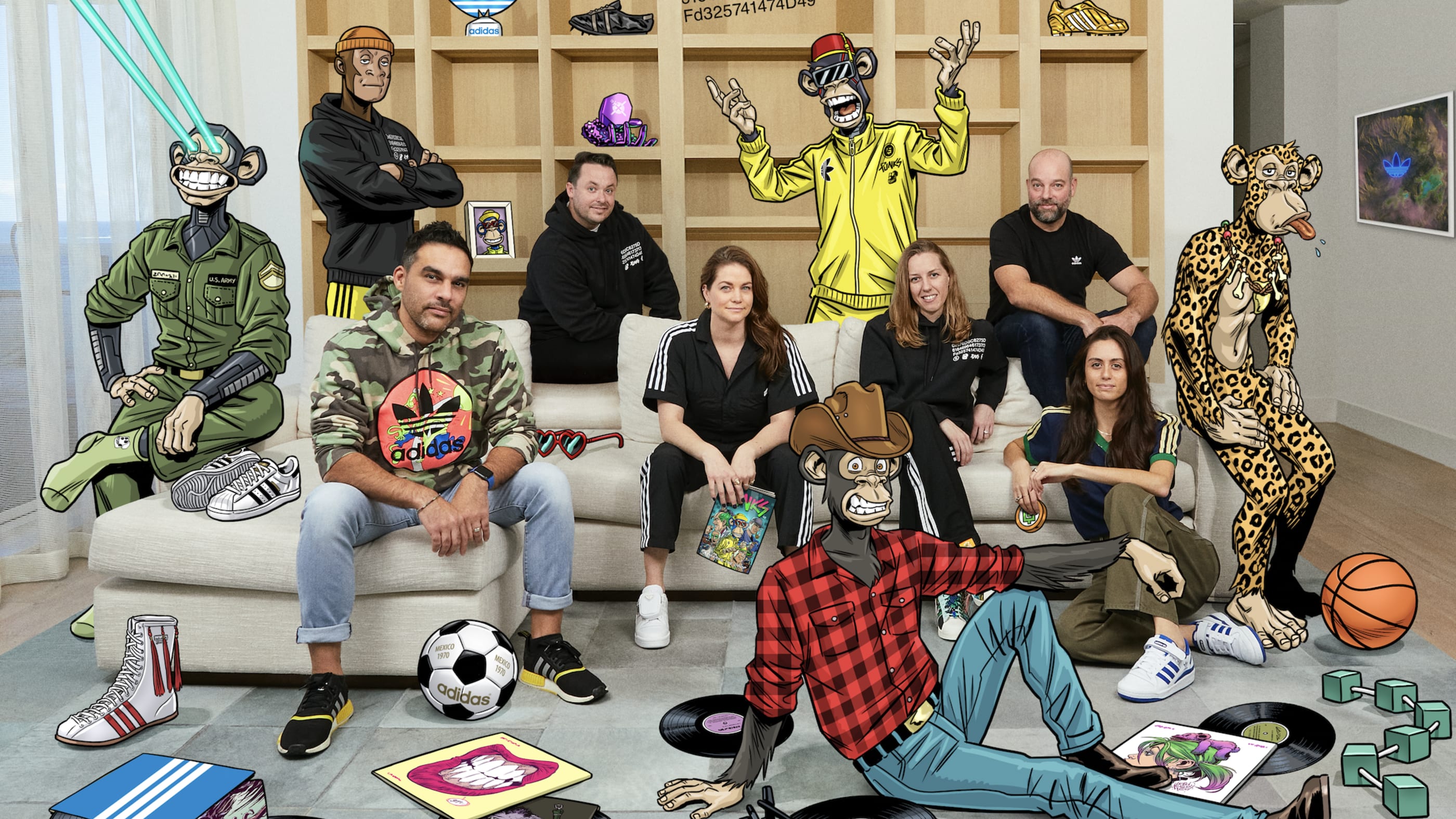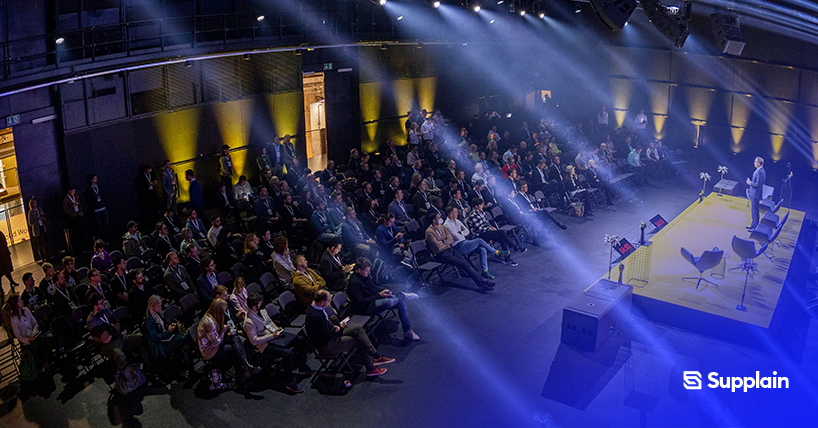
Technology evolves rapidly; it is hard to keep up with terms, let alone the tech itself. Within the NFT community, the use of NFT terms has meant those looking to enter the space; must feel like they need to learn a new language to understand what is being discussed.
But before learning more about NFTs, why does an NFT space exist?
NFTs are part of the Web3 ecosystem, so before you understand NFTs, let us begin with why Web3 was born in the first place.
What is Web 3.0?
Web 3.0 has evolved because of existing concerns around web 2.0 and the technological evolution of the internet.
For instance, web 1.0 was static and read-only - much like newspapers being placed on the internet. Readers could only read and scroll the pages of the information displayed. Simply, but at the time, revolutionary.
Web 2.0 added additional features, much like the dynamic web version we use today - users can now engage, interact and connect. Platforms created algorithms to display more relevant content to our searches.
However, your data is not owned, controlled, and even sold with no value. Web 3.0 aims to create a decentralised worldwide web where every individual will be in control of their data.
What is a blockchain?
A blockchain is a digital, immutable and public ledger that records and tracks transactions within a network. Virtually all valuable assets can be traded and recorded on a blockchain network, reducing risk and cutting costs for all involved.
Assets can be tangible (a house, car, money, precious metals, property) or intangible (intellectual property, patents, copyrights, branding, voting rights, ownership rights, or content licensing).
Why are blockchains useful?
Blockchain networks are essential for recording assets because businesses and organisations value accurate, fast and immutable information.
Blockchains are commonly associated with cryptocurrencies, money, and finance because of Bitcoin's success. However, the blockchain applications are varied.
In general, blockchain technology is all about proof. Saving every transaction ever made onto the blockchain introduces the concept whereby everything is traceable forever. It thus removes the need for third parties to provide a 'trust-layer' between the users.
All network participants can access the ledger and its immutable record of transactions. Every transaction is recorded only once with this ledger, eliminating any human errors or duplication.
Also, no network participant can change or tamper with a transaction after being recorded in the shared ledger. If a transaction record includes an error, network participants must add a new transaction to reverse the mistake, and both transactions are then visible.
These agreements or contracts are created and stored on a blockchain, known as smart contracts.
Smart contracts are programmes stored in a blockchain that runs when a set of pre-agreed conditions are met; in this way, all participants can be sure of the result without the intervention or time of the mediator. If the conditions are not met, the agreements will not come into effect.
Furthermore, it enables the combination of identities and transactions - by each transaction always having two wallets connected to it (an initiator and a recipient), it's possible to connect each transaction to specific wallets. And due to recording all trades, it's effortless to trace the wallets back to their owners, even if there's no KYC (Know Your Customer).
What is tokenisation?
A token is a digital asset securely stored on a blockchain whose owner can be verified. The token can be any data set; the market determines its value.
Generally speaking, a token will be a particular asset or contain utility. Within the scope of blockchain technology, tokenisation is converting something of value (an asset) into a digital token recorded and used on a blockchain application.
Anyone can tokenise an asset if that asset can be owned and has value to someone and can be sold on an asset market.
These tokens can take many forms and be programmed with unique characteristics that expand their use cases, for instance, security tokens, utility tokens or cryptocurrencies
Fungible tokens vs non-fungible tokens
Fungible tokens are replaceable by another identical item, thus mutually interchangeable. Think how a €10 note holds the same value as two €5 notes. Both values are €10, but the fungible items are different.
However, a non-fungible unit cannot be interchanged with something else. It could be a car, a house, or a piece of artwork like The Last Supper.
You can take a photo or buy a copy, but it will never be the original.
Non-fungible tokens are 'one-of-a-kind' assets that can be digitally bought and sold like any other asset.
These digital tokens can be surmised as certificates of ownership for virtual or physical assets. These agreements or contracts are created and stored on a blockchain, known as smart contracts.
Smart contracts are programmes stored in a blockchain that runs when a set of pre-agreed conditions are met; in this way, all participants can be sure of the result without the intervention or time of the mediator. If the conditions are not met, the agreements will not come into effect.
Why do NFTs become valuable?
Because an NFT is non-fungible, it is one-on-a-kind that cannot be counterfeited or replaced. Plus, when organisations create NFTs, like utility NFTs, they only produce a limited amount. So they become a scarce asset, and this scarcity also drives up value.
NFTs can give you access to events, tickets, and investments that no others can get into unless they have the same utility NFT. They may have no monetary value, but they are still perceived to be super valuable.
Once the NFT becomes popular, and due to its scarcity, it possibly becomes valuable, and others rush to join this community. It is also a way for newer companies to raise funds via tokenised crowdfunding.
This is why NFT statistics blow your mind. Beeple's artwork sold for $69 million, and PAKs the Merge sold for $91.8 million.
The Bored Ape Yacht Club (BAYC) NFTs have been traded for over $750 billion US dollars!
So, is the metaverse?
It's just one part of it. The metaverse is where our content, connections and digital assets are stored.
When we discuss content, we refer to the digital and tokenised physical assets in the digital world. When we discuss contacts, we refer to our digital connections. And assets are what we own online, not our profiles on social media sites, but the content and assets that we exclusively create.
For instance, if you share your holiday photos on social media sites like Facebook and Instagram, who owns them? You? No, they are now the property of Meta (the company that owns). Yes, you can delete them, but ultimately your profile can be blocked and suspended, and all content you shared is out of your control.
The metaverse, then, is where everything becomes digital - your friends, your job, your identity, your money; in fact, every asset is online; you exclusively own that.
And because we spend more of our time online, companies have begun to cater to our online needs - from apps that alter our appearance to one-of-a-kind clothing that the buyer can only wear.
For example, companies make trainers and sneakers 'worn' in the metaverse, displaying a status symbol to others within the same ecosystem. Nike has purchased such a company. Another brand, Adidas, has also launched online clothing to dress up your avatars within games or on your profile.

Gaming companies create images that look real life for their gaming customers based on real-life images - creating a new reality that is entirely kept online. This is why virtual reality (VR) is usually seen as what the metaverse is. Nevertheless, the audio-visual component is just one but more evident aspect.
Companies are looking to enter into the metaverse using blockchain technology and web 3.0 applications. In fact, the blockchain application use cases are enormous. Still, another entity will take the metaverse by storm - Decentralised Autonomous Organisations, or DAOs.
What are DAOs?
A Decentralised Autonomous Organisation, or DAO, is a community-driven entity with no centralised authority. It is fully autonomous and transparent, using smart contracts to create the foundation rules and decision-making. Its members can publicly audit proposals, voting, and even the code itself.
Thus, DAOs are governed entirely by their members, who collectively decide the project's future, like system upgrades and treasury allocations.
Members create operational proposals about the protocol's future and vote on each proposal. Submissions that achieve some predefined level of consensus are then accepted and enforced by the rules instantiated within the smart contract.
It is in the member's best interest only to approve proposals that serve the best interest of the protocol itself. In return, they are rewarded and incentivised for their input.
Because a robust and dynamic protocol will obtain more usage and, in turn, increase the number of tokens a member holds. Thus, if the protocol succeeds, then so do the token holders.
How does a DAO work?
A core team of community members, typically a foundation, establishes the Decentralised Autonomous Organisation's rules and implements this through the use of smart contracts.
Smart contracts are verifiable, publicly auditable and traceable so that each member can view and understand the functionality at each step.
Once the foundation rules are written onto a blockchain, the next step concerns funding - how will the Decentralised Autonomous Organisation receive funding and confer governance.
This is typically achieved through token issuance. The protocol will sell tokens to raise funds and fill the DAO treasury.
In return for fiat currency, token holders are given voting rights, typically related to how many tokens they hold. Once funding is completed, the DAO is ready for deployment - in other words, the code is produced, and members can only change agreements through voting. Only the community of token holders decide on matters. There is no authority above them.
DAOs make it possible to collaborate safely on a global scale to create products and services, with teams of people working together to solve big problems and sharing in the rewards of their efforts.
So, users and creators become owners of their efforts, unlike if you post images on social media, which is for the benefit of the platform owners.
Web 3.0 promises to deliver optimism
The web 3.0 economy and culture have this sense of optimism about how we can build a better future and a more egalitarian society not controlled (or centralised) by an elite few. Furthermore, it is an opportunity where anybody can participate in it.
By allowing users, members, and investors to pool funds, DAOs also enable them to invest in early-stage startups and decentralised projects whilst sharing the risk or any profits. Rather than being paid in dividends or shares from a company, people can invest their hours into an organisation and be rewarded with tokens for the value they create rather than the hours they work.
Using smart contracts within blockchain technology is the best method to improve the organisational processes between companies, organisations and people, radically lowering the 'cost of trust'. So all can benefit without fear of someone else controlling its hierarchy.
Resources you'll love:

![Here are the best NFT games [Updated List]](https://strapi.supplain.io/uploads/What_is_so_special_about_a_World_of_Freight_NFT_and_what_will_move_the_project_forward_b89946b520.png)
